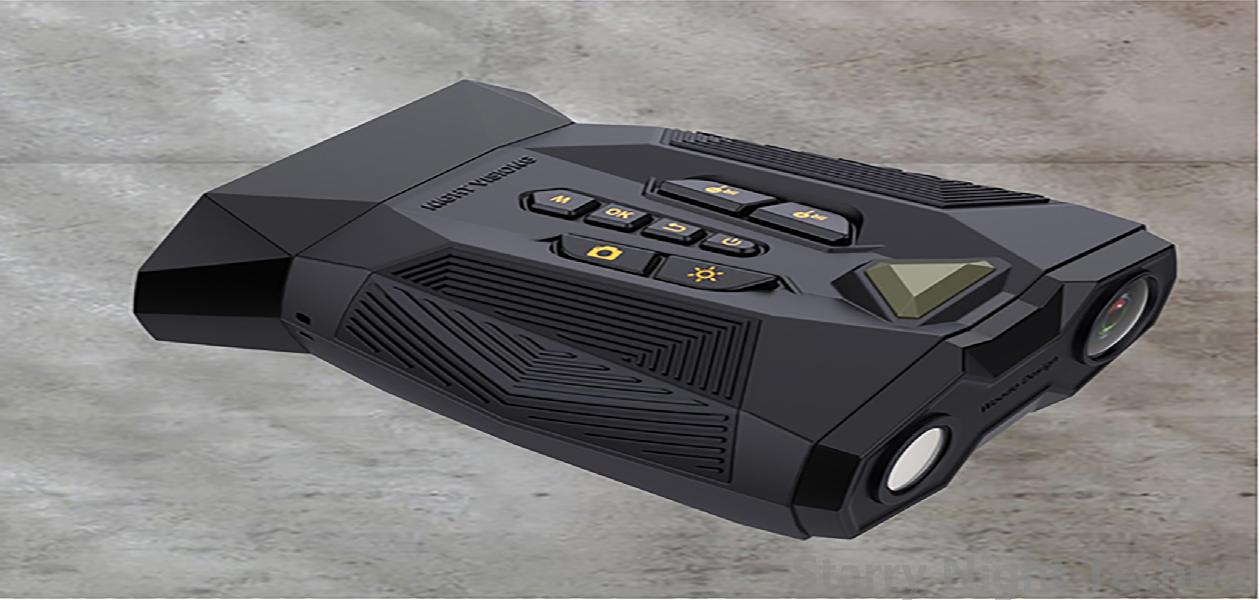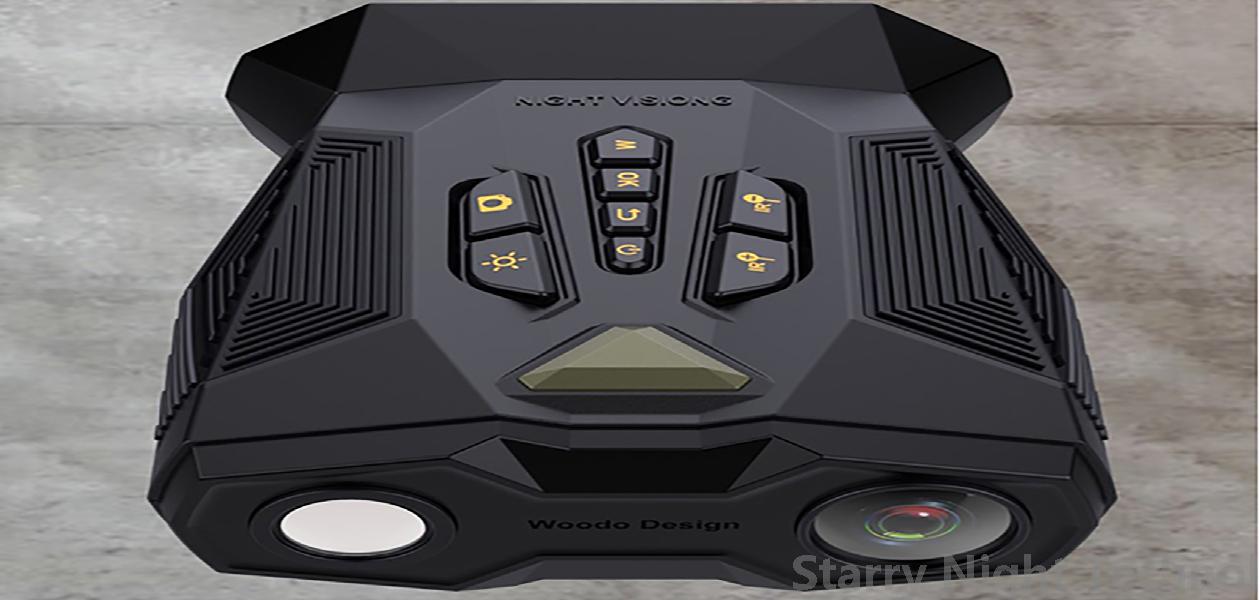Night Vision Devices: A Game Changer for Military, Medical, and More
1759838416000

The invention of night vision technology has revolutionized various sectors around the globe. From military operations to medical diagnostics, night vision devices (NVDs) play a crucial role in enhancing visibility under low-light conditions. This article delves into the application, evolution, challenges, and future developments surrounding night vision technology.
#### The Evolution of Night Vision Technology
Night vision technology traces its roots back to World War II when researchers began experimenting with infrared light. Originally devised as equipment for military applications, these technologies dedicated themselves primarily to facilitating operations during nighttime and obscured environments. Early versions relied on image intensification which amplified existing light from sources like stars or moonlight.
As technology evolved through subsequent decades, advancements led to the development of thermal imaging, which detects heat emitted by objects instead of relying solely on visible light. By the 1980s, solid-state components became common, leading to smaller, more effective NVDs that could be used not only by military personnel but also in diverse civilian fields. Today, they have morphed into compact electronic devices capable of providing high-resolution images even in total darkness.
#### Military Applications
The most notable early adopters of NVDs were military forces worldwide. Night vision devices continue to provide significant advantages such as enhanced situational awareness, improved targeting accuracy, and heightened safety measures during vehicle maneuvers at night or in challenging terrains. These systems allow soldiers to move stealthily, recognize threats, and avoid enemy fire—all while operating unseen by adversaries.
Modern militaries use a variety of night vision apparatuses. Hand-held monoculars, goggles worn over the eyes, and weapon sights are just some examples of the variety available. They integrate advanced features like data analytics and augmented reality elements, further improving battlefield intelligence. Consequently, this increased operational effectiveness can lead to reduced casualties and successful missions globally.
#### Application Beyond the Battlefield
While the military remains the primary consumer of night vision technology, its applicability extends far beyond combat scenarios:
1. **Medical Diagnostics**:
In medicine, NVDs are playing an increasingly vital role. For instance, doctors utilize endoscopes blended with night vision technology to obtain insights into patients’ internal health without invasive surgical procedures. High-definition imagery provided in dimly lit regions of the body enables better diagnosis and treatment options.
 3. **Wildlife Observation and Conservation**:
3. **Wildlife Observation and Conservation**: Ecologists study nocturnal creatures using night vision tools to understand animal behavior more profoundly. Accurate assessments of wildlife health and diet contribute to conservation efforts while minimizing human interference. Non-invasive techniques powered by night vision technology facilitate research during hours when many animals are most active.
4. **Security and Surveillance**:
Night vision cameras have become standard within law enforcement agencies and security firms. These devices offer round-the-clock surveillance capabilities, allowing public safety officials to monitor premises regardless of time and lighting conditions, thereby deterring criminal activity and promoting community safety.
5. **Aviation**:
Aircraft increasingly employ night vision technology in navigation systems, particularly in helicopters which often perform operations at night. Pilots wearing night vision goggle systems reduce the risk associated with controlled flight into terrain (CFIT) accidents, enhancing both passenger safety and mission success.
#### Challenges Faced by Night Vision Technologies
Despite their numerous benefits, NVDs face specific obstacles hindering maximum efficiency. One ongoing challenge includes cost. The latest models equipped with cutting-edge features tend to price out small businesses, individual consumers, and developing nations.
Another issue is performance degradation in extreme weather conditions—fog, rain, or heavy humidity can limit visibility, complicating critical tasks assigned to operatives or workers relying on these devices.
Additionally, concerns related to user safety and health arise regarding prolonged use. While modern designs aim to minimize eye strain, users must remain vigilant about screen exposure over extended periods. Education and training surround proper usage are imperative to mitigate potential risks.
#### Future Prospects for Night Vision Technologies
Recent innovations herald exciting prospects for the next generation of NVDs. Miniaturization of sensors and advancements in digital signal processing promise improved device functionality across all sectors. Integration with artificial intelligence (AI) will enable real-time data analysis, optimizing decision-making processes based on tangible feed data.
Moreover, hybrid approaches combining thermal and traditional image enhancement forms expand the usability spectrum, allowing for versatile applications across military, healthcare, environmental, and industrial settings alike. Research detailing the integration of augmented reality into night vision systems paves new pathways toward seamless information access and user interaction.
In conclusion, night vision devices have significantly impacted multiple industries that span beyond their initial military applications. As technology continues to evolve, ensuring accessibility and practicality becomes crucial for maximizing their full potential. Unquestionably, we stand on the cusp of further revolutionary changes shaped by night vision innovation, leading us toward an era where "seeing in the dark" gains greater importance than ever before.
What should be selected for night vision devicesStarry Night Technol

